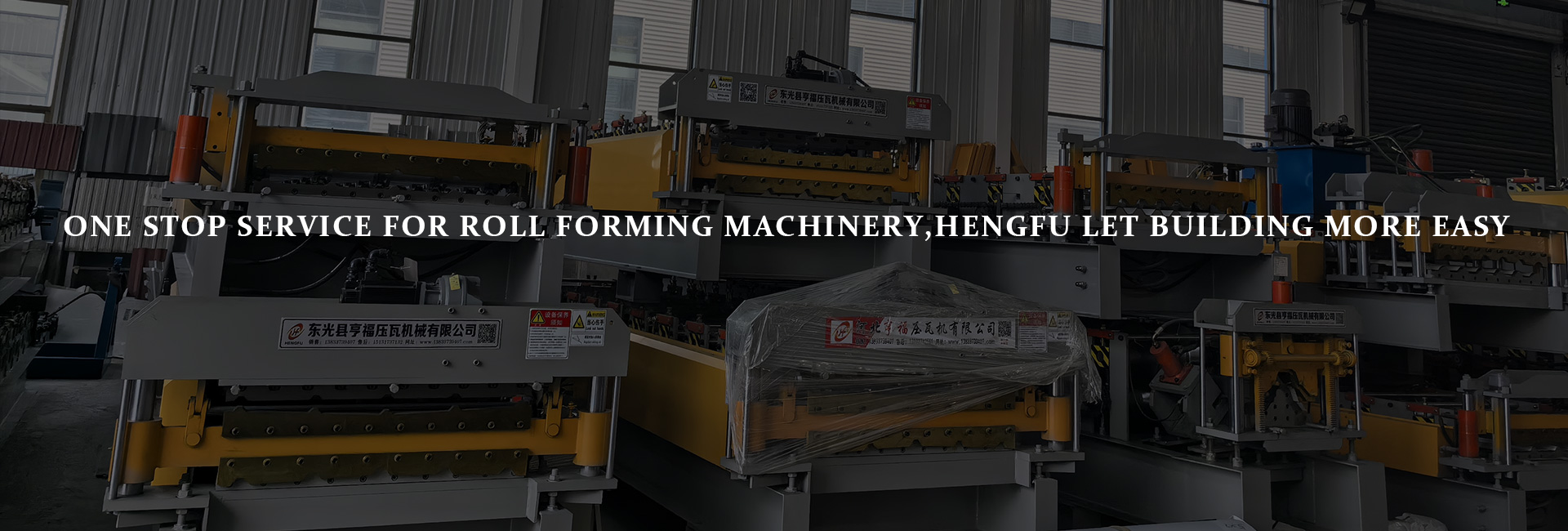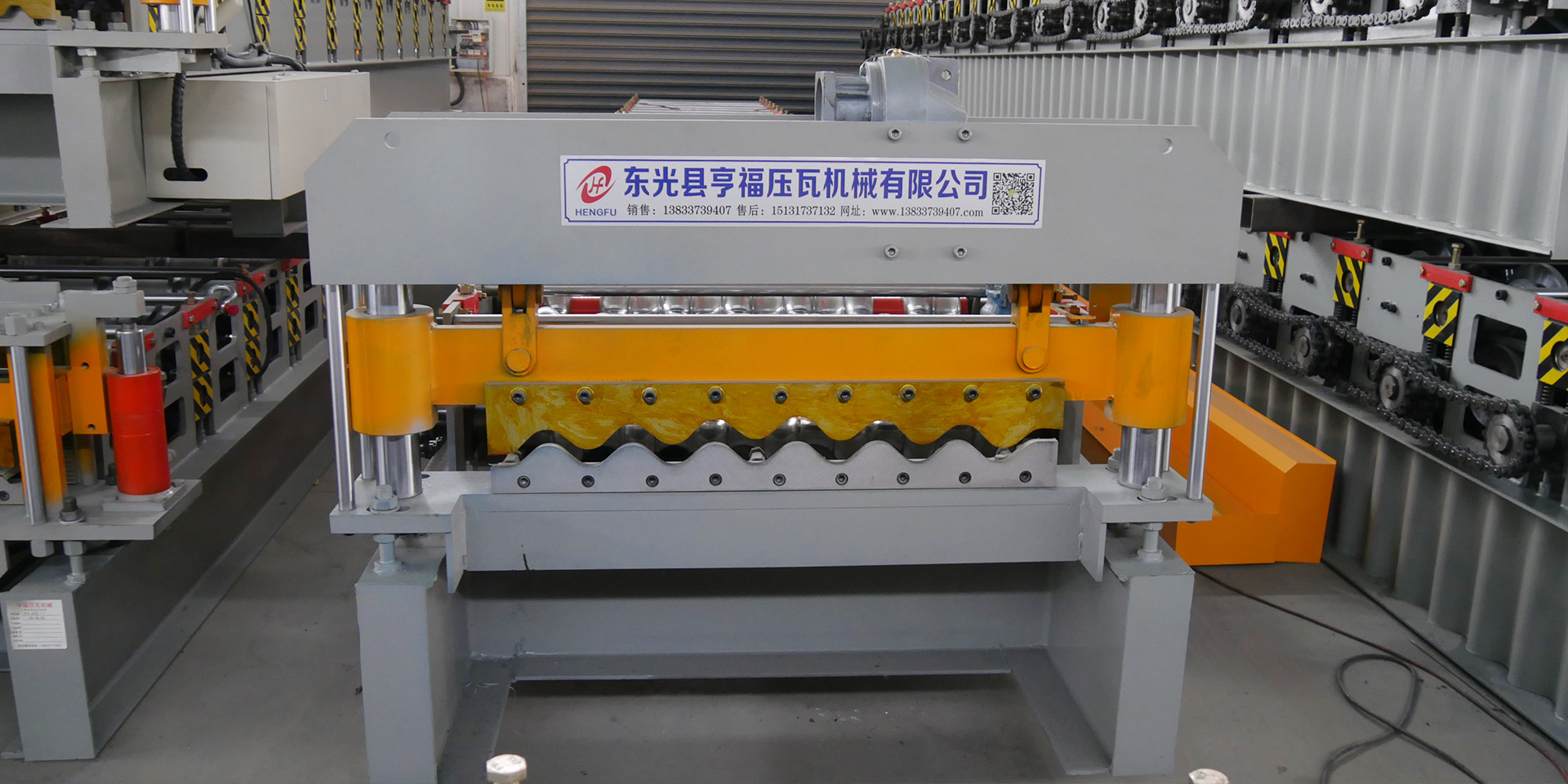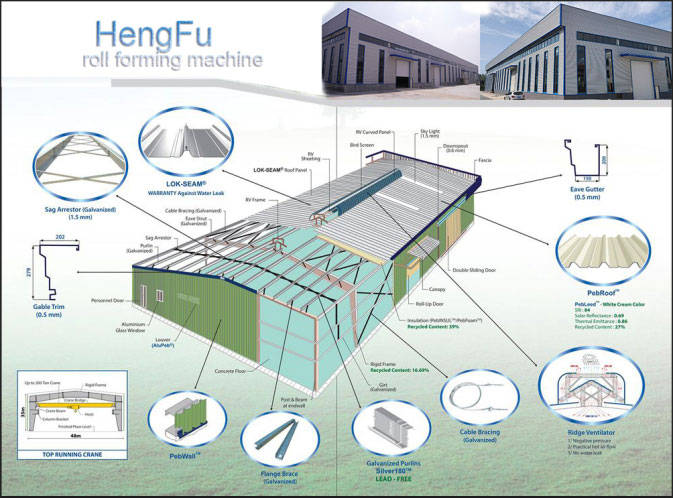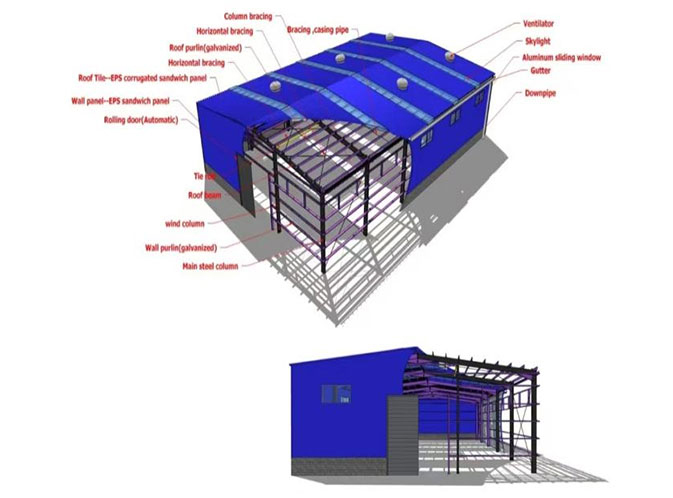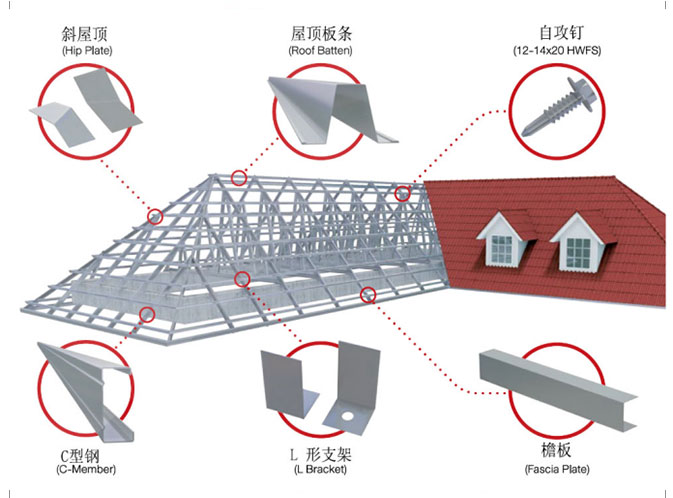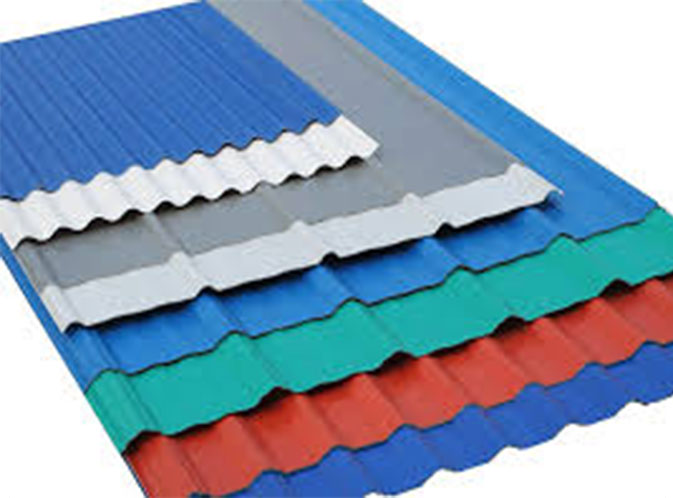Roll-forming machines are critical equipment for manufacturing color-coated steel tiles and other steel-based building materials. The properties of different materials directly affect the machine's production efficiency and product quality. Understanding the adaptability and compatibility of roll-forming machines with various materials can help businesses optimize production processes and improve equipment utilization. This article explores the compatibility of roll-forming machines with common materials and offers recommendations for material selection and operation.
Material Adaptability of Roll-Forming Machines
1. Color-Coated Steel Sheets
o Characteristics: Lightweight, high strength, and corrosion-resistant, widely used for roofing and wall applications.
o Adaptability: Roll-forming machines are highly compatible with color-coated steel sheets, enabling precise forming and cutting.
o Precautions: Prevent scratches on the coating by maintaining smooth machine surfaces and regular cleaning.
2. Galvanized Steel Sheets
o Characteristics: Excellent anti-rust performance, suitable for humid or corrosive environments.
o Adaptability: The galvanized layer has minimal impact on the machine's molds and rollers, but prolonged high-load production should be avoided to reduce wear.
o Precautions: Use wear-resistant mold materials to minimize the impact of the galvanized layer on the machine.
3. Aluminum Sheets
o Characteristics: Lightweight with excellent oxidation resistance, often used for decorative or functional purposes in specific scenarios.
o Adaptability: Machines need mold pressure adjustments to accommodate aluminum sheets, as excessive pressure may deform or damage the material.
o Precautions: Reduce roller pressure and maintain smooth guide rails to avoid surface scratches.
4. Stainless Steel Sheets
o Characteristics: High hardness and corrosion resistance, commonly used in premium building and industrial applications.
o Adaptability: Due to its hardness, roll-forming machines require high-strength molds and a robust power system.
o Precautions: Regularly maintain the lubrication system to reduce wear on molds and rollers.
5. Cold-Rolled Steel Sheets
o Characteristics: Smooth surface and high dimensional accuracy, suitable for applications requiring precision.
o Adaptability: Highly adaptable to most machine molds, but temperature control during production is crucial.
o Precautions: Prevent thermal expansion or contraction caused by high temperatures, which could affect product dimensions.
Key Factors Affecting Material Adaptability
1. Material Thickness
o Roll-forming machines have a specified range for steel sheet thickness. Exceeding this range may increase the load on the machine and reduce efficiency.
o Recommendation: Choose a suitable machine model based on material thickness and adjust mold gaps accordingly.
2. Material Hardness
o High-hardness materials, such as stainless steel, can increase wear on molds and rollers, requiring high-strength and wear-resistant mold materials.
o Recommendation: Regularly inspect mold wear and replace or repair them as needed.
3. Surface Coatings
o Coated materials, such as color-coated steel, demand smoother guide rails and roller surfaces to prevent scratches.
o Recommendation: Ensure the equipment surfaces are smooth and avoid contact with sharp objects.
4. Material Elasticity and Ductility
o Materials with good elasticity and ductility, such as aluminum sheets and color-coated steel sheets, adapt better during the forming process, producing higher-quality products.
o Recommendation: Adjust forming pressure based on material elasticity to prevent deformation of the finished product.
Optimization Measures for Improved Material Compatibility
1. Use of Multifunctional Molds
Equip machines with molds designed for specific materials or adjustable molds to handle diverse production needs effectively.
2. Adjustment of Machine Parameters
Tailor operational parameters, such as forming pressure, roller gaps, and cutting speed, to match material properties for optimal results.
3. Regular Equipment Maintenance
Maintain molds, rollers, and guide rails regularly to keep the machine in good mechanical condition and extend its service life.
4. Enhanced Technical Training
Train operators to understand the production techniques for different materials, ensuring proper equipment adjustments and material selection for production requirements.
Conclusion
The adaptability and compatibility of roll-forming machines with materials largely depend on equipment configuration and operational management. Businesses should consider material properties, select the appropriate machine models, and adjust production parameters accordingly. By optimizing equipment performance and improving staff training, companies can significantly boost production efficiency and product quality, gaining a competitive edge in the market.



